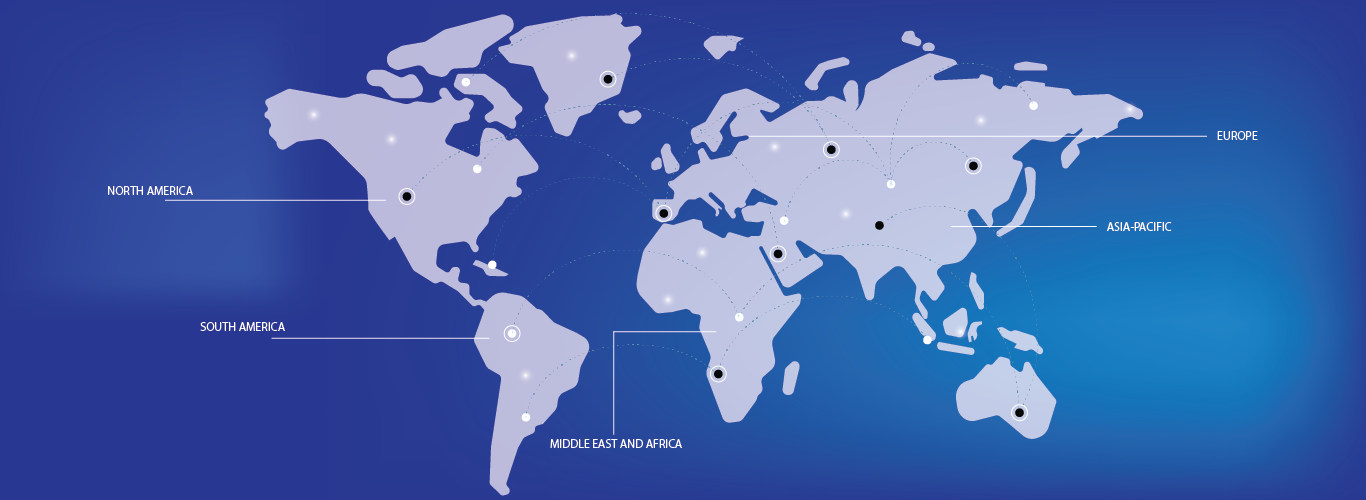The global non-infectious uveitis market is significantly influenced by the rising prevalence of uveitis, with an estimated global prevalence ranging between 38 and 221 per 100,000 people, depending on the region. It is one of the leading causes of blindness worldwide, particularly in individuals aged 20 to 50. Non-infectious uveitis, often associated with autoimmune and systemic diseases such as ankylosing spondylitis, sarcoidosis, and rheumatoid arthritis, accounts for a substantial portion of all uveitis cases, particularly in developed regions. Epidemiological studies suggest that about 10-15% of uveitis cases are non-infectious, with a higher incidence observed in developed countries due to better diagnostic capabilities. In the United States, the incidence of non-infectious uveitis is estimated to be around 20,000-25,000 new cases annually. This condition is often chronic, requiring long-term treatment with corticosteroids, immunosuppressive drugs, and biologics, driving the demand for advanced therapeutic options.




